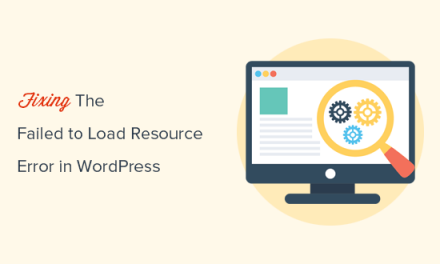Universal Analytics is out and Google Analytics 4 is the way forward. In keeping with the times, our free Beehive plugin now integrates with GA4. Learn more about the integration and the advantages of Google’s new analytics overlord.
Earlier this year, Google announced that Google Analytics 4 will be permanently replacing the much beloved Universal Analytics from July 1, 2023.
If you’re using Universal Analytics and haven’t already switched over to the new GA4, we’ll give you the necessary info on what needs to be done.
Plus, we’ll also talk about some of the best GA4 features and how it now easily integrates with our free Beehive plugin.
Continue reading, or jump ahead using these links:
- How To Connect Google Analytics 4 To Beehive
- Google Analytics 4 Vs. Universal Analytics – What You Need To Know
- Putting Google Analytics 4 to Work for You
How To Connect Google Analytics 4 To Beehive
Since its inception, Beehive has been tightly integrated with Google Analytics – and as of the plugin’s newest release, now caters to GA4.
It adds a customizable GA dashboard to WordPress, so tracking user behavior can be done from one convenient location.

As already mentioned, connecting Google Analytics 4 to Beehive is quick and easy.
There are two different ways to connect:
- Direct with Google – uses Google’s shared API to display tracking statistics in your site’s wp-admin.
- Via GA’s Measurement ID – allows data to be sent to a GA account property.
Once connected, Beehive makes all of your most important stats available to you at a glance – from your most-visited pages to your most-popular referral platforms, and more.
Want a full overview of the plugin’s most powerful tools and features?
Read our how to get the most out of Beehive article.
Now that you’re all set with your Beehive integration, let’s cover some of the best features GA4 brings to the table, that Universal Analytics does not.
Google Analytics 4 Vs. Universal Analytics – What You Need To Know
Why is Google Sunsetting Universal Analytics?
The biggest reason Google is discontinuing Universal Analytics is that UA was originally built to report-on and track independent sessions, rather than considering the multiple touch points visitors will have with any given website.
Google thought this method of measurement and reporting was outdated, and it’s where Google Analytics 4 comes into the picture.
Because GA4 on the other hand, runs across the web, apps, and doesn’t rely exclusively on cookies. It also uses an event-based model to deliver more accurate, user-based reporting.
What is an event-based model?
According to Google: “An event allows you to measure a distinct user interaction on a website or app.”
For example: Loading a page, clicking a link, and completing a purchase – these are all interactions you can measure with events.

Finally GA4 is a lot more privacy-focused than UA, for example, it does not store user IP addresses.
Upgrading Universal Analytics Properties To Google Analytics 4
Google Analytics 4 is now the default for all new properties created in your Google Analytics account.
And depending on the date you created a GA property, you may or may not need to upgrade it.
More specifically:
- If you created your property before October 14, 2020, you’re likely using a Universal Analytics property.
- If you created your property after October 14, 2020, you’re likely using a Google Analytics 4 property already (no action is required).
But you can also create a new GA4 property from an existing Universal Analytics property and they will be nicely integrated.
If you need help, Google has put together this detailed guide on switching to GA4 and upgrading properties.
Tracking Link Clicks in Google Analytics 4 Vs. Universal Analytics
When it comes to button and link tracking a big downside with Universal Analytics is that it tracks data based on pageviews and requires the help of Google Tag Manager – a tool that can be time-consuming and complicated for newer users.
GA4 on the other hand, is based on entirely different tracking protocols and is built to handle event tracking out-of-the-box.

Some events will still require the help of GTM to track properly, but most can be handled directly with GA4 (e.g., link click tracking).
Does Google Analytics 4 work with Data Studio?
The connection with Data Studio is a critical element for GA users.
GA4 connects with Data Studio in exactly the same way that UA does. Even better, new GA4 reports have more data visualization options in Data Studio.
If you want more reporting options you can also use BigQuery, which is freely included with GA4 and can take your insights to the next level.
A summary of the key GA4 features and differences:
- Uses events instead of session-based data
- Includes privacy controls (cookie-less measurement, behavioral & conversion modeling)
- Predictive capabilities offer guidance without complex models
- Direct integrations to media platforms help drive actions on your website or app
Putting Google Analytics 4 to Work for You
Getting insights into the client journey and funneling that into the growth of a business is very powerful information to have at your fingertips.
Unleash the power of your web and app data from the industry leader in analytics, by putting GA4 directly in your WordPress dashboard with Beehive.
Install Beehive for free, or sign up for the free WPMU DEV plan, which includes Beehive, plus a whole suite of WP plugins and site management tools.











